Health
Herbal Horizons: Unveiling Natural Wellness Supplements and Their Efficacy
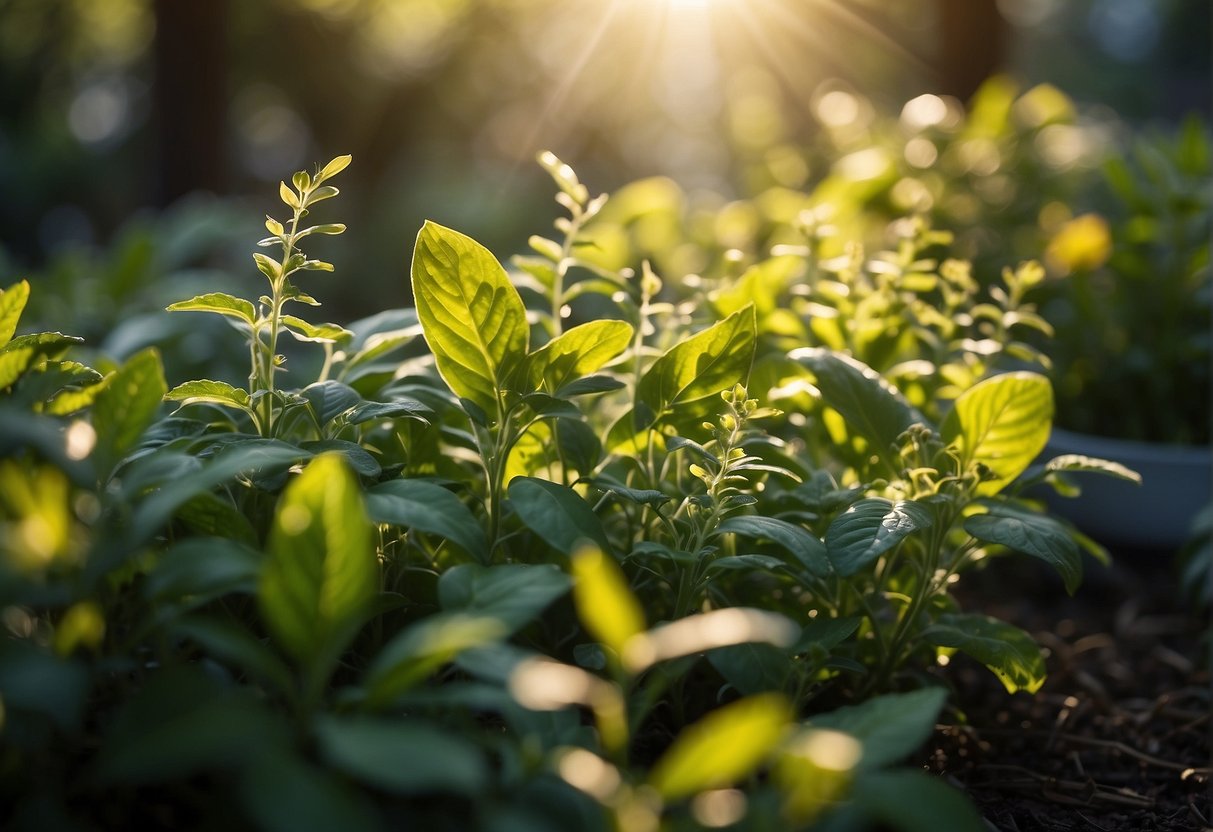
In a world where well-being is paramount, the allure of nature’s own remedies has captured the attention of those seeking a more holistic path to health. Herbal supplements, rooted in ancient traditions, are gaining popularity as an adjunct to modern healthcare. These botanicals are extracted from plants and contain compounds that interact with the body’s natural processes to promote balance and wellness.

The use of herbs as supplements encompasses a broad spectrum of plants, each with unique properties and applications. Some, like ginseng, are known for their adaptogenic qualities, which aid the body’s resistance to stress. Others provide a more gentle approach to health maintenance, working in synergy with the body’s own mechanisms without the harsh influence often associated with synthetic drugs. Careful selection and usage of these herbal supplements can lead to enhanced overall health, as individuals harness the supplemental secrets offered by nature.
Understanding Herbal Supplements
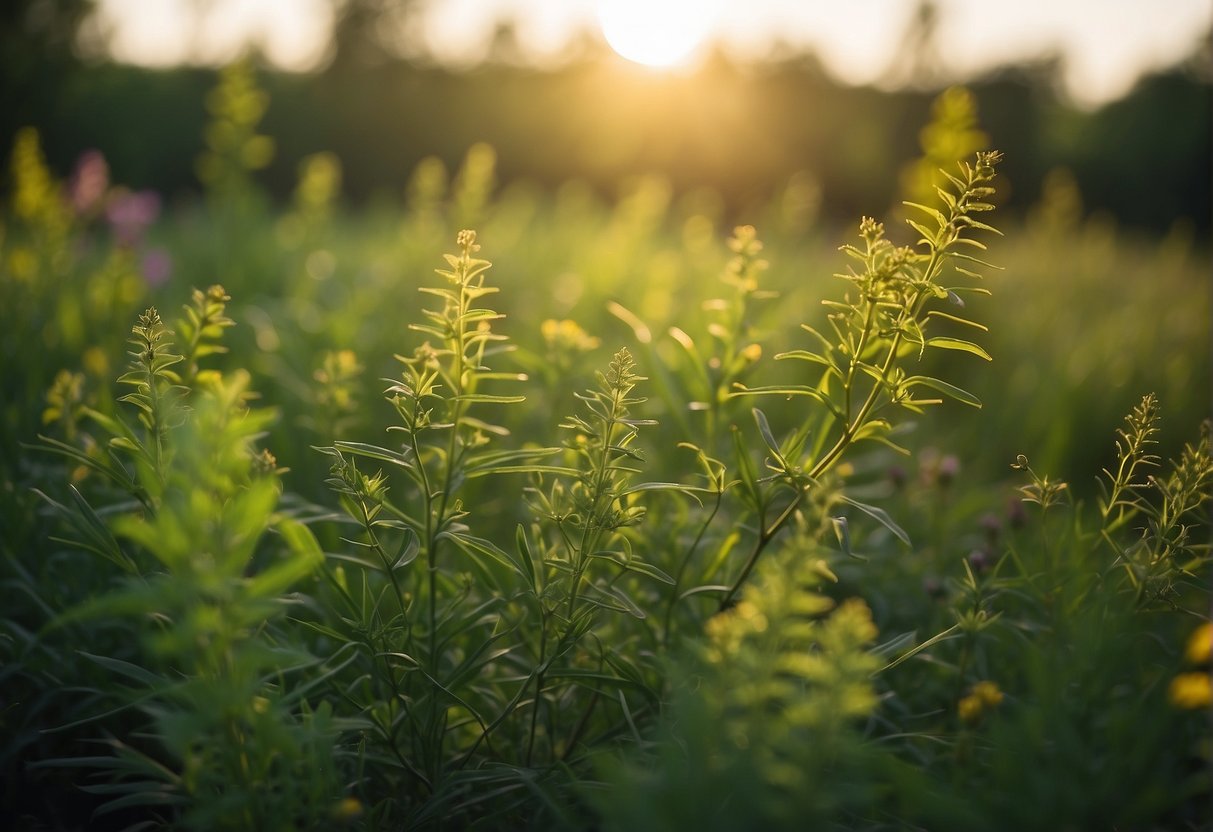
Herbal supplements have long been used for improving health and managing symptoms, with many modern medicines derived from plant sources. This section will investigate their historical context, modern usage, and classification.
Historical Use of Herbs for Wellness
Herbs have been integral to traditional medicine practices for centuries. Ancient cultures such as the Egyptians, Chinese, and Indians, recognized the therapeutic properties of various plants and incorporated them into their healing rituals. They understood that certain herbs could alleviate symptoms or assist in wellness, and these practices have been passed down through generations.
Modern Integration of Herbal Practices
Today, herbal supplements are prevalent in the health and wellness industry, with many people integrating these natural remedies into their daily routines. In fact, a substantial portion of the U.S. population incorporates herbal supplements as part of their health regimen. Scientific research continues to explore the effectiveness and safety of various herbal products, leading to a more informed use of these traditional remedies in contemporary wellness practices.
- Commonly Used Herbal Supplements: Echinacea, Ginseng, St. John’s Wort
- Purposes: Immune support, energy enhancement, mood stabilization
Classification of Herbal Supplements
Herbal supplements are classified by their main ingredients and intended use. They can be found in various forms, such as capsules, tablets, powders, teas, extracts, and fresh or dried plants.
- Forms of Herbal Supplements:
- Capsules and tablets for controlled dosage
- Teas and extracts for ease of absorption
- Powders for versatility in use
- Intended Uses:
- Vitamins and Minerals: To supplement dietary intake
- Herbs and Botanicals: Targeted for specific wellness goals
- Amino Acids: To support muscle and neurotransmitter function
Careful selection and use of these supplements, under the guidance of healthcare professionals, is advised to ensure safety and effectiveness.
Botanical Basis of Herbal Supplements

Herbal supplements, grounded in the tradition of utilizing botanicals, harness plant-derived compounds to support health and wellness. They involve a rich variety of phytochemicals and are cultivated with specific harvesting techniques to maintain their potency.
Key Phytochemicals and Their Effects
Plants synthesize phytochemicals, non-nutritive plant chemicals that have protective or disease-preventive properties. Here are some notable phytochemicals found in herbal supplements and their commonly associated effects:
- Flavonoids: This group, including quercetin and kaempferol, is known for its antioxidant properties which can contribute to the reduction of oxidative stress in the body.
- Alkaloids: Compounds like caffeine and morphine, known for their stimulant or pain-relief effects, are classified as alkaloids.
- Terpenes: These include menthol and limonene, recognized for their aromatic qualities and potential therapeutic effects such as anti-inflammatory properties.
| Phytochemical | Effect | Example Herb |
|---|---|---|
| Flavonoids | Antioxidant | Milk Thistle |
| Alkaloids | Pain relief | Willow Bark |
| Terpenes | Anti-inflammatory | Peppermint |
Herbal Growth and Harvesting
The potency of herbal supplements is greatly influenced by their growth and harvesting conditions. Herbs are cultivated in carefully controlled environments to ensure the highest concentration of active compounds. Proper harvesting time is also crucial and varies depending on the plant part used:
- Roots: Typically harvested in the fall when medicinal compounds are most concentrated.
- Leaves: Often picked before the flowering stage for optimal potency.
Each herb requires specific conditions for growth, such as soil type and climate, and these factors directly correlate with the quality of the resulting botanical product.
Efficacy of Herbal Supplements

The efficacy of herbal supplements is a growing area of interest, as they are increasingly used for health enhancement and disease prevention. This section examines the research behind these natural remedies and places them in context with conventional medicine.
Research and Clinical Studies
Herbal supplements have been the subject of various research studies and clinical trials. A notable body of evidence has emerged regarding substances such as coenzyme Q10, vitamin B2 (riboflavin), feverfew, and magnesium for their potential preventive effects on migraine. Research suggests that these compounds may offer beneficial outcomes with fewer side effects compared to traditional drugs.
- Coenzyme Q10: Studies indicate a reduction in migraine frequency.
- Vitamin B2: Clinical trials highlight its role in mitochondrial energy enhancement, correlated with migraine relief.
- Feverfew: Some evidence points toward its efficacy in reducing migraine symptoms.
- Magnesium: Research supports its role in nerve function and may prevent migrainous aura.
It’s crucial to assess each supplement individually, as the research supports varied levels of efficacy across different herbal products.
Comparative Analysis with Conventional Medicine
When compared with conventional medicines, certain herbal supplements show promise due to their generally lower incidence of side effects. Over 50% of the population in the United States have reported using some type of dietary supplement. However, there is widespread misperception that being ‘natural’ equates to being harmless, which is not always the case.
Herbal Supplements vs. Conventional Medicine:
| Supplement/Natural Product | Safety Perception | Usage for |
|---|---|---|
| Vitamins/Minerals | High (>95%) | General Health |
| Herbal Supplements | Mixed (60-79.3%) | Specific Health Claims |
Patients consult healthcare professionals about supplements, including vitamin D, zinc, cannabidiol, and omega-3 fatty acids. Pharmacists and healthcare providers must be well-informed to navigate patient inquiries and provide safe, effective guidance.
Using Herbal Supplements Safely

When incorporating herbal supplements into a wellness routine, one must take precautions to use them safely. Correct dosage, awareness of potential interactions with medications, and understanding regulatory standards are crucial for minimizing risks.
Dosage and Administration
The appropriate dosage of herbal supplements can vary widely based on the herb and the individual’s health condition. It is vital to follow the manufacturer’s instructions and consult with a healthcare provider, especially for those with pre-existing health conditions or those who are pregnant or breastfeeding.
- Ashwagandha: 300-500 mg, one to two times per day
- Echinacea: 1-2 grams, up to three times per day
- Gingko Biloba: 120-240 mg, in two to three divided doses
Interactions with Medications
Herbal supplements can interfere with prescription medications, either reducing their effectiveness or increasing potential side effects. For example:
- St. John’s Wort is known to interact with antidepressants, birth control, and chemotherapy drugs.
- Ginger might increase the risk of bleeding when taken with blood thinners.
- Ginseng could affect blood sugar levels and interfere with diabetes medication.
Regulatory Considerations
Herbal supplements are not as tightly regulated as conventional medicine. In the United States, the Food and Drug Administration (FDA) does not guarantee the safety or efficacy of herbal products before they are marketed.
- US: Dietary supplements are regulated by the FDA under the Dietary Supplement Health and Education Act (DSHEA).
- EU: The European Medicines Agency (EMA) provides guidelines for herbal medicines to ensure quality and safety.
Consumers should look for products that have been tested by independent organizations such as US Pharmacopeia (USP), ConsumerLab, or NSF International.
Herbal Supplements for Common Ailments

Herbal supplements have found their place in supporting wellness by addressing common health concerns. They target a range of ailments with purported benefits backed by traditional uses and, in some cases, scientific research.
Digestive Health
Many individuals experience digestive discomfort, and herbal supplements can play a role in maintaining digestive balance. Peppermint oil is often used to soothe digestive issues, particularly for relieving irritable bowel syndrome symptoms. Another widely recognized herb, ginger, is taken to alleviate nausea and improve overall digestion.
Mental Clarity and Stress Relief
Herbs like Ginkgo biloba are reputed for their potential to enhance memory and concentration. For stress relief, ashwagandha and valerian root are two herbs commonly utilized with the former being associated with reducing anxiety and the latter being used to promote restful sleep.
Immune System Support
Echinacea and elderberry are two herbal supplements frequently cited for immune support. Echinacea is believed to possibly reduce the duration of colds, while elderberry extracts are used for their antioxidant properties that may strengthen the body’s defence against viral infections.
Energy and Stamina
To boost energy and stamina, ginseng is a go-to supplement associated with fighting fatigue and enhancing physical activity. Another energizing herb, rhodiola rosea, is taken to combat exhaustion and improve endurance and mental performance.
Kratom For Optimal Living

Kratom, derived from the Mitragyna speciosa tree found in Southeast Asia, has a rich history as a traditional herbal medicine. It is recognized for its dual potential to alleviate discomfort and to provide a stimulant effect. Users often report benefits such as:
- Pain Relief: Anecdotal evidence suggests kratom may help alleviate pain.
- Easing Digestive Issues: Kratom has been used to address problems like diarrhea.
- Mood Enhancement: Some strains might help improve mood.
Despite these purported benefits, kratom should be approached with caution, as it exists in a loosely regulated space. There are notable concerns:
- Product Purity: Reports of contamination with heavy metals and other substances.
- Safety Profile: Potential for adverse events due to product adulteration.
Regulatory oversight is minimal, and studies on kratom’s long-term effects are ongoing. While some initial research supports its traditional uses, experts stress the need for more evidence to validate safety and efficacy.
Those considering kratom should consult healthcare providers and weigh the following:
- Dosage: Begin with small amounts to assess tolerance and effect.
- Quality: Purchase from reputable sources to avoid adulterated products.
- Monitoring: Observe for any side effects or interactions with other medications.
Kratom’s role in optimal living hinges on informed, cautious use, staying abreast of the latest scientific findings, and understanding the Kratom Legal status, which varies by country and, in some cases, within regions of a country. Being aware of and complying with “Kratom Legal” requirements is crucial for its responsible and legal use. As the legal landscape surrounding Kratom can change, it’s important for users to remain informed about the legal status in their area. This awareness is key to ensuring access and integrating Kratom into daily routines for wellness and health improvement in a lawful manner.
Engaging with Kratom responsibly includes not only recognizing its effects and potential benefits but also adhering to the “Kratom” framework. In the context of Kratom Canada, it’s essential to note that the legal status and regulatory framework might differ from other regions, making it imperative for users and enthusiasts within Canada to be especially informed about local laws governing Kratom’s use, sale, and possession.
Cultivation and Sustainability
When discussing herbal horizons, it is essential to consider the sustainability of cultivation methods and the resulting impact on biodiversity. Practices that acknowledge the finite nature of resources and promote ecological balance are pivotal.
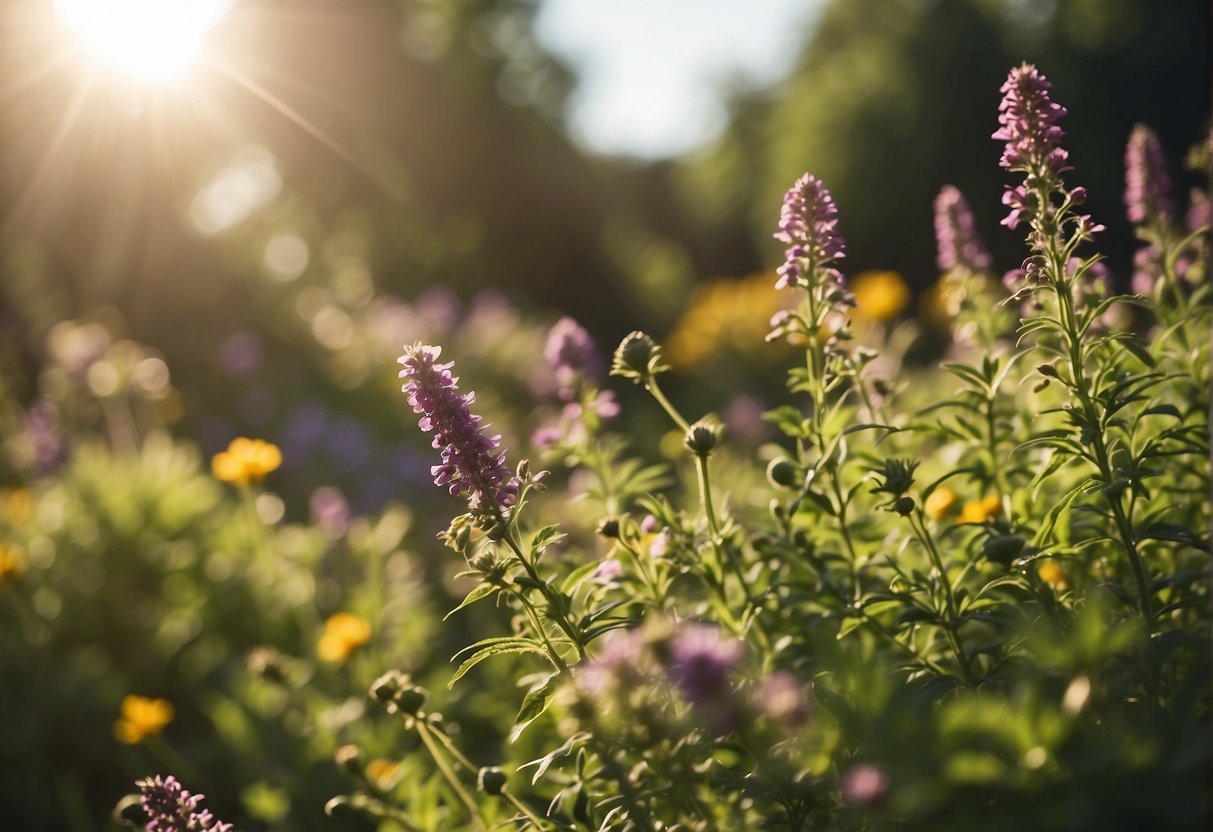
Sustainable Practices in Herbal Production
The herbal industry is increasingly adopting sustainable practices to mitigate environmental impacts. These practices include:
- Organic cultivation: Avoiding synthetic pesticides and fertilizers to preserve soil health.
- Crop rotation: Maintaining soil fertility and reducing pest and disease outbreaks.
- Water conservation: Implementing drip irrigation and rainwater harvesting to reduce water usage.
- Renewable energy sources: Utilizing solar or wind power for production facilities to decrease carbon footprint.
- Fair trade: Ensuring equitable trade practices that support local farmers’ sustainability.
Impact of Cultivation on Biodiversity
Herbal cultivation has a direct effect on the diversity of plant and animal species:
- Positive impacts: Sustainable herbal cultivation can contribute to biodiversity conservation by preserving habitats and utilizing indigenous plant varieties.
- Negative impacts: Unsustainable practices, such as land clearing and monoculture planting, can lead to habitat loss and species decline.
To maintain biodiversity, it is crucial to engage in environmentally conscious cultivation and support conservation efforts.
The Future of Herbal Supplements
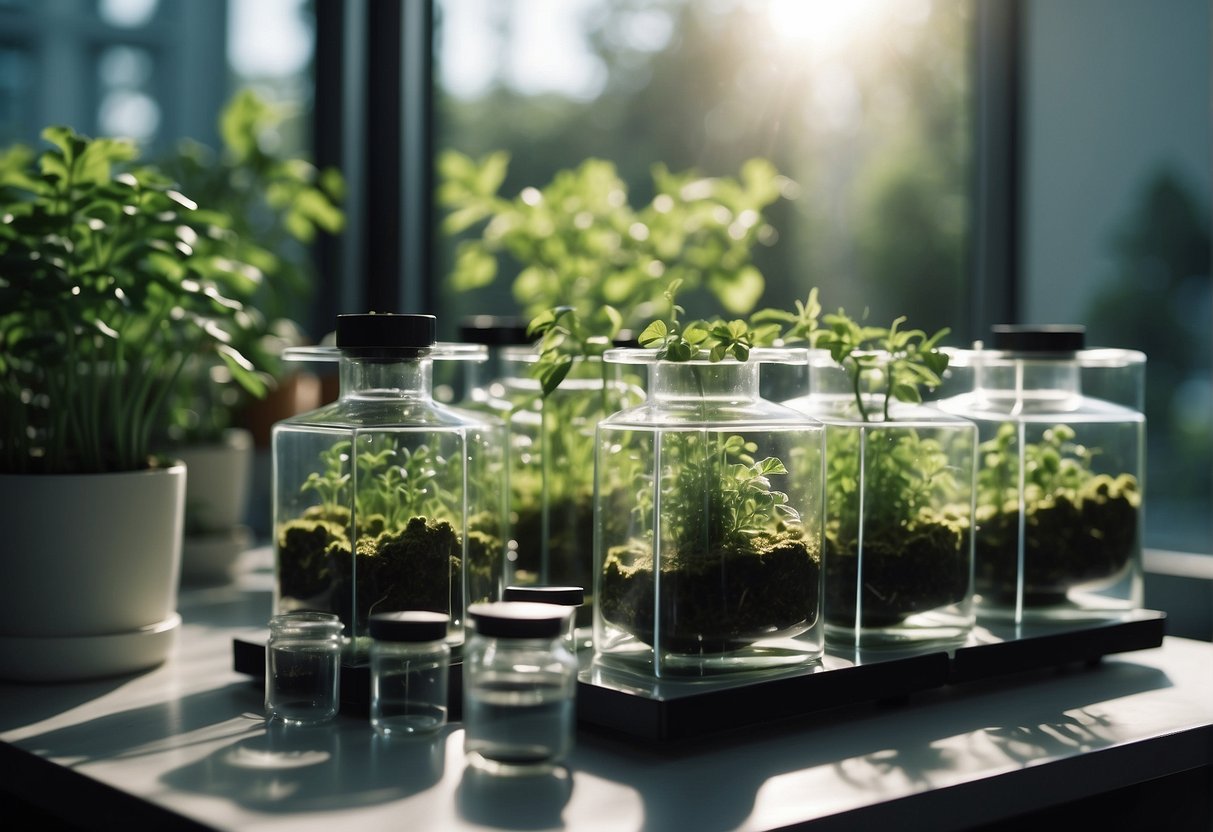
The future of herbal supplements is marked by advancements in herbal therapies and a deeper integration into holistic health practices.
Innovations in Herbal Therapy
Research in the field of herbal medicine is pushing the boundaries of traditional uses, with a focus on pharmacological studies and deep genetic-level analyses. Experts are identifying specific compounds in plants that target health issues more effectively. Novel delivery systems such as nano-encapsulation are being developed to improve bioavailability and absorption of herbal remedies.
Integrative Approaches to Health
Integrative health models are embracing herbal supplements as part of a comprehensive health management strategy. Physicians and healthcare professionals are increasingly acknowledging the role of herbal supplements in preventing, managing, and treating chronic conditions. Such integrative approaches leverage technology, including digital tracking and personalized supplement plans, to enhance the efficacy of herbal therapies.
Conclusion

Herbal supplements offer a bridge between traditional wisdom and modern health practices. They provide an array of benefits, adhering to the body’s natural processes. With a history stretching back to ancient civilizations, herbal remedies today are backed by both time-honored traditions and scientific analysis.
Key takeaways include:
- Holistic Health: Herbal supplements align with a holistic approach to wellness.
- Ancestral Wisdom: Historical usage of herbs informs current practices.
- Variety and Versatility: An extensive range of herbal options caters to diverse health needs.
- Aiding Modern Medicine: Herbs can complement conventional treatments under professional guidance.
Individuals are advised to research thoroughly and consult healthcare professionals before integrating herbal supplements into their regimes. Quality, source, and proper use are paramount to ensure safety and efficacy. Knowledge empowers users to make informed choices about utilizing nature’s bounty for health and well-being.
Herbal supplements are not a panacea but can play a significant role in maintaining health when used responsibly within a balanced lifestyle. The array of options available reflects nature’s vast pharmacopoeia, inviting a thoughtful exploration for those seeking to enhance their wellness journey.
SEE ALSO: HFEA Launches Online Tool For Comparing NHS Funding for Fertility Treatments Across the UK
Health
Report Causes Pfizer Stock to Climb Approximately $1 Billion Acquired by Starboard

(VOR News) – According to a rumor that activist investor Pfizer Starboard Value has taken a holding in the struggling pharmaceutical business that is expected to be worth around one billion dollars, the stock of Pfizer (PFE) is on the increase in premarket trading on Monday.
This comes after the report was made public. The report was made available to the general public following this. Starboard Value was successful in moving forward with the acquisition of the position.
Starboard is said to have approached Ian Read, a former chief executive officer of Pfizer, and Frank D’Amelio, a former chief financial officer, in order to seek assistance with its goals of boosting the performance of the company, according to the Wall Street Journal. Read and D’Amelio are both former Pfizer executives.
The purpose of this is to facilitate the accomplishment of its objectives, which include enhancing the overall performance of the firm.
In their previous jobs, D’Amelio and Read were chief financial officers.
It is stated in the report that the hedge fund is of the opinion that Pfizer, which is currently being managed by Albert Bourla, who succeeded Read as Chief Executive Officer (CEO) in 2019, does not demonstrate the same level of mergers and acquisitions (M&A) discipline that Read did. Bourla took over for Read in 2019. Read was succeeded by Bourla in the year 2019.
Pfizer, a multinational pharmaceutical conglomerate, has made substantial investments in the acquisition of more companies that are involved in the research and development of cancer medicines.
These businesses have been acquired for billions of dollars. The biotechnology company Seagen, which was acquired by Pfizer in the previous year for a price of $43 billion, is included in this category. One of the businesses that can be classified as belonging to this category is Seagen.
In spite of the fact that the S&P 500 Index experienced a 21% increase in 2024.
No major trading occurred in Pfizer stock that year.
Due to the fact that the demand for Pfizer’s COVID-19 vaccines fell after the firm reached its pandemic peak in 2021, the share price of the corporation has decreased by over fifty percent since that time.
This drop has occurred ever since the company’s shares reached their maximum peak, which was during the time that this decline occurred. Not only have they not changed at all, but they have also remained essentially stable. This is in contrast to the S&P 500, which has gained 21% since the beginning of this year.
Recently, the corporation was forced to take a hit when it decided to recall all of the sickle cell illness medications that it had distributed all over the world.
Fears that the prescription could lead patients to experience severe agony and possibly even death were the impetus for the decision to recall the product. In spite of the fact that Pfizer’s stock is increasing by almost three percent as a result of the news that followed the company’s decision, this is the circumstance that has come about.
SOURCE: IPN
SEE ALSO:
New Study Reveals Drinking Soda Pop Increases the Risk of Stroke
The Mpox Vaccine’s Protection Decreases Within a Year; Booster Requirements
Health
New Study Reveals Drinking Soda Pop Increases the Risk of Stroke

A recent report from global research indicates that excessive consumption of coffee or soda pop is associated with an increased risk of stroke, although the intake of black and green tea is correlated with a reduced risk. Excessive consumption of soda pop or coffee warrants caution!
Recent research indicates that it may substantially elevate the risk of stroke.
Consuming four cups of coffee daily elevates the risk of stroke, according to studies, although ingesting 3-4 cups of black or green tea daily typically offers protection against stroke. Additionally, consume more coffee; it may reduce your risk of mortality.
Recent findings from global research studies co-led by the University of Galway and McMaster University, alongside an international consortium of stroke researchers, indicate that soda, encompassing both sugar-sweetened and artificially sweetened variants such as diet or zero sugar, is associated with a 22 percent heightened risk of stroke. The risk escalated significantly with the consumption of two or more of these beverages daily.
Stroke Risk Fizzy Drinks and Soda Pop
The correlation between fizzy drinks consumption and stroke risk was most pronounced in Europe, the Middle East, Africa, and South America. Women exhibit the most elevated risk of stroke from bleeding (intracranial hemorrhage) associated with fruit juice beverages. Consuming over 7 cups of water daily diminishes the likelihood of stroke due to a clot.
Researchers observed that numerous items advertised as fruit juice are derived from concentrates and have added sugars and preservatives, potentially negating the advantages often associated with fresh fruit and instead elevating stroke risk.
Fruit juice beverages were associated with a 37 percent heightened risk of stroke resulting from bleeding (intracranial hemorrhage). Consuming two of these beverages daily increases the risk thrice.
Consuming over four cups of coffee daily elevates the risk of stroke by 37 percent, although lower consumption levels do not correlate with stroke risk. Conversely, tea consumption was associated with an 18-20 percent reduction in stroke risk. Additionally, consuming 3-4 cups daily of black tea, such as Breakfast and Earl Grey varieties, excluding green and herbal teas, was associated with a 29 percent reduced risk of stroke.
Consuming 3-4 cups of green tea daily was associated with a 27 percent reduction in stroke risk. Notably, the addition of milk may diminish or inhibit the advantageous effects of antioxidants present in tea. The lower risk of stroke associated with tea consumption was negated for individuals who added milk.
Disclaimer: This article is intended solely for informational reasons and should not be considered a replacement for professional medical counsel. Consistently consult your physician regarding any inquiries pertaining to a medical problem.
Related News:
Starbucks Faces Sales Decline Amid Price Fatigue and Rising Competition
Starbucks Faces Sales Decline Amid Price Fatigue and Rising Competition
Health
Following a Diagnosis of Breast Cancer, What Else Should You Know?
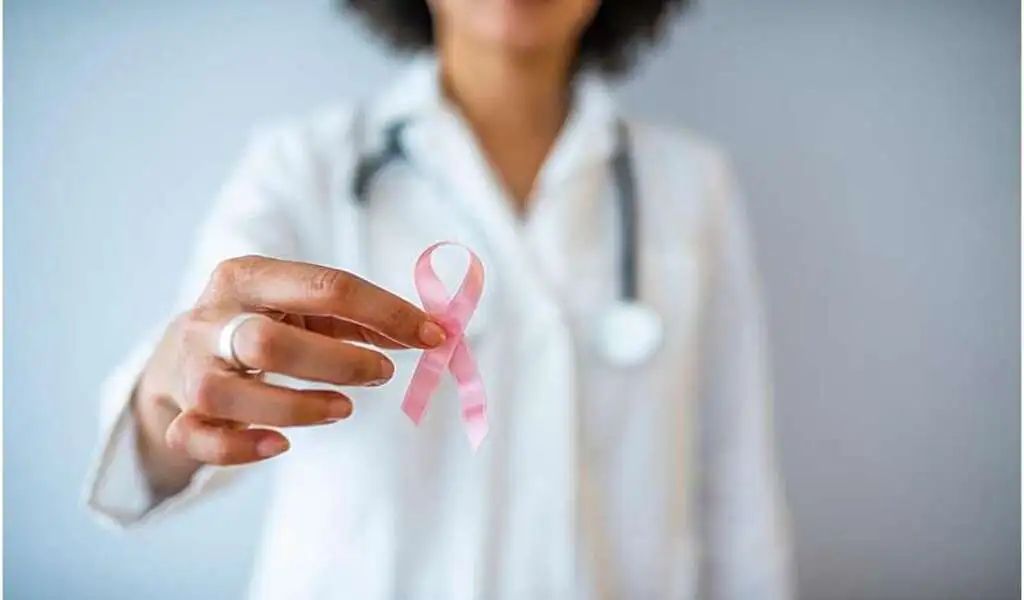
(VOR News) – Even though breast cancer affects one in eight American women, receiving a diagnosis can make a woman feel isolated.
Experts in breast cancer from the American College of Physicians (ACS) advise patients on how to manage their disease so that they may better cope with this awful information.
First, the kind and stage of breast cancer dictates the course of your care.
In addition to immunotherapy and chemotherapy, there are various surgical options available for the treatment of breast cancer.
Women of African descent are disproportionately affected by triple-negative breast cancer, an extremely aggressive form of the disease that has never proven easy to treat.
According to the American Cancer Society, pembrolizumab (Keytruda), an immunotherapy, has been shown to be helpful when combined with chemotherapy and is currently the recommended course of treatment for certain combinations of triple-negative breast cancer.
In her presentation, Dr. Katharine Yao said, “It’s really important that the patient and physician discuss the patient’s preferences and values when deciding what type of treatment to pursue and that they have an honest, individualized discussion with their care team.”
She is currently responsible for developing breast cancer treatment recommendations for more than 575 hospitals and institutions nationwide in her role as chair of the American College of Surgeons’ National Accreditation Program for Breast Institutions (NAPBC).
Yao, vice chair of research at Endeavor Health NorthShore Hospitals in New York, pointed out that each decision made about a patient’s treatment plan should take her preferences and diagnosis into consideration.
She ought to think about whether she would prefer a mastectomy—a surgical procedure that involves removing the entire breast with or without reconstruction—or a lumpectomy, which involves a surgical procedure that spares part of the breast tissue.
She stated that “the breast cancer you have may be very different from the breast cancer you hear about in your neighbor, colleague, or friend” in a press release issued by the American Cancer Society (ACS).
“Consider that while discussing breast cancer with others.”
Throughout your journey, it is critical that you look after your emotional health because having breast cancer may have a detrimental impact on your mental health.
“Getting a cancer diagnosis does not mean that everything in your life stops to be normal.” Director of the Fellowship in the Diseases of the Breast program at the Winthrop P. Rockefeller Cancer Institute at the University of Arkansas and state head of the American Cancer Society Commission on Cancer for Arkansas, Dr. Daniela Ochoa She thinks adding the burden of a cancer diagnosis and treatment to all the other pressures in life may be taxing.
“Managing stress and emotional health is vital component of a treatment plan.”
Ochoa recommends clinically trained psychologists and social workers who have assisted people in coping with cancer to anyone receiving treatment. Learning coping techniques might also be facilitated by joining cancer support groups or cancer wellness initiatives.
Breast cancer specialists say your care team is crucial.
The American Cancer Society (ACS) defines comprehensive care as having support at every stage of the procedure from surgeons, oncologists, patient navigators, nurses, social workers, psychologists, and other specialists.
After receiving a breast cancer diagnosis, women should see a surgeon or medical oncologist to explore their options; nevertheless, treatment shouldn’t be discontinued after just one appointment or after surgery is over.
Additionally, you can ask trustworthy friends or family members to accompany you to appointments and aid you with research or notes. They could serve as a network of support for you.
Yao stated in his talk that “one of the most important things is that patients should search out a team they have confidence in, that they trust will have their back when they need it, and a team they feel they can get access to and that will help them when they are in need.”
SOURCE: MP
SEE ALSO:
The Mpox Vaccine’s Protection Decreases Within a Year; Booster Requirements
COVID was a Paradigm Shift in Health Policymaking, Says Commissioner Stella Kyriakides.
Rwanda Reports 8 Deaths Linked To Ebola-Like Marburg Virus Days After It Declared An Outbreak
-

 News3 years ago
News3 years agoLet’s Know About Ultra High Net Worth Individual
-
Entertainment2 years ago
Mabelle Prior: The Voice of Hope, Resilience, and Diversity Inspiring Generations
-
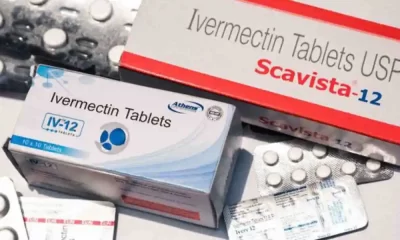
 Health3 years ago
Health3 years agoHow Much Ivermectin Should You Take?
-

 Tech2 years ago
Tech2 years agoTop Forex Brokers of 2023: Reviews and Analysis for Successful Trading
-

 Lifestyles2 years ago
Lifestyles2 years agoAries Soulmate Signs
-

 Movies2 years ago
Movies2 years agoWhat Should I Do If Disney Plus Keeps Logging Me Out of TV?
-

 Health3 years ago
Health3 years agoCan I Buy Ivermectin Without A Prescription in the USA?
-

 Learning2 years ago
Learning2 years agoVirtual Numbers: What Are They For?
